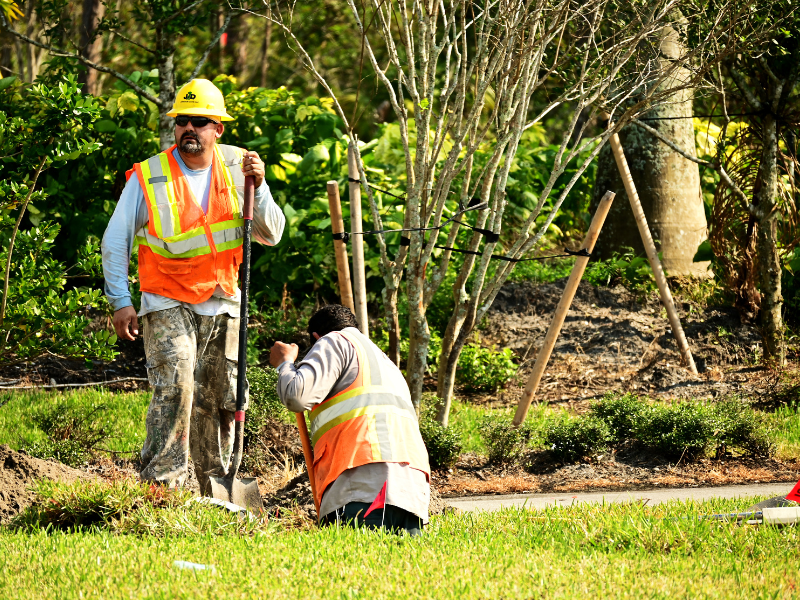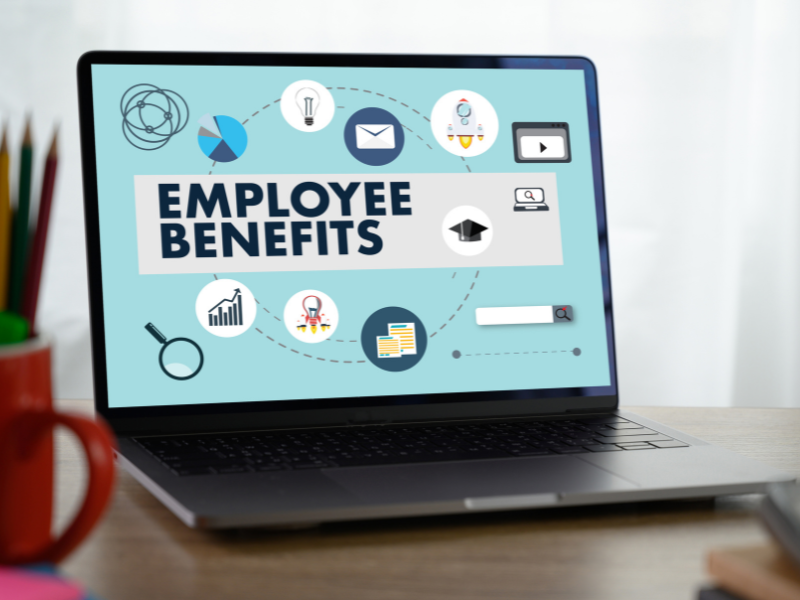How to Communicate Effectively with Injured Workers
Tips for Employers
Effective communication is crucial when interacting with injured workers in the realm of workers’ compensation.
It serves as a cornerstone for providing essential support, addressing concerns, and ensuring a seamless recovery process.
In this blog, we will delve into the significance of effective communication in the context of injured workers.
Exploring topics such as empathy, active listening, tailored communication, regular updates, collaboration with healthcare professionals, and addressing challenges, we will highlight the positive impact it has on the well-being of injured workers.
By adopting effective communication strategies, employers and professionals can foster a supportive and empathetic environment, facilitating a successful journey of recovery and return to work for the injured worker.
Empathy and Active Listening
Empathy and active listening form the foundation of effective communication with injured workers.
By demonstrating genuine empathy and understanding, we show compassion for their situation. Practicing active listening techniques allows us to fully grasp their concerns and needs, fostering a sense of being heard and valued.
Through these approaches, we create a supportive and trusting environment where open communication can thrive, enabling us to provide the necessary support during their recovery journey.
Clear and Transparent Information
Clear and transparent information is essential when communicating with injured workers.
It involves providing them with concise and easily understandable details about the workers’ compensation process.
This includes explaining their rights, benefits, and the resources available to them. Additionally, being transparent about expectations, timelines, and potential challenges ensures that the injured worker has a clear understanding of what to expect throughout the process.
By delivering information in a transparent manner, we promote trust, alleviate confusion, and empower the injured worker to make informed decisions regarding their recovery and claim.
Tailoring Communication to Individual Needs
Tailoring communication to the individual needs of injured workers is vital for effective engagement. It involves recognizing and respecting their unique communication preferences, whether it’s through written, verbal, or visual means.
Additionally, adapting communication methods to accommodate language or cultural differences ensures clear and meaningful interaction.
It is also essential to consider any physical or emotional limitations that may impact communication, such as providing alternative formats for individuals with hearing impairments or allowing additional time for those experiencing emotional distress.
By customizing our approach, we foster inclusivity, understanding, and a sense of empowerment for the injured worker.
Regular and Timely Updates
Regular and timely updates are crucial when communicating with injured workers.
By keeping them informed about the progress of their claim, we provide transparency and alleviate any uncertainties they may have.
It is essential to provide updates on medical treatment, rehabilitation milestones, and return-to-work plans, ensuring they are aware of their recovery journey.
Equally important is responding promptly to any inquiries or concerns raised by the injured worker, demonstrating our commitment to their well-being and fostering trust in the communication process.
Through regular and timely updates, we empower injured workers to actively participate in their recovery and maintain a sense of control over their situation.
Collaborating with healthcare professionals is essential when communicating with injured workers.
By maintaining open lines of communication with the healthcare providers involved in their care, we ensure a coordinated and holistic approach to support their recovery.
Sharing relevant information, such as medical reports and treatment plans, allows us to align efforts and provide consistent support.
Additionally, seeking input from healthcare professionals regarding communication strategies and recommendations ensures that we employ the most effective methods to convey information and address the worker’s needs.
Through this collaboration, we can optimize the injured worker’s care and facilitate a seamless communication process between all parties involved.
Addressing challenges and conflict is crucial when communicating with injured workers.
By proactively identifying and addressing any issues that may arise during the communication process, we can prevent further misunderstandings or conflicts from escalating.
Effectively resolving disputes or misunderstandings through open and transparent communication is key. In more complex cases, seeking assistance from HR or legal professionals can provide valuable guidance and support in navigating difficult communication situations.
By taking a proactive and collaborative approach, we can ensure that communication remains constructive, allowing us to overcome challenges and maintain positive relationships with injured workers.
Conclusion
In conclusion, effective communication plays a pivotal role in supporting injured workers throughout their recovery process.
By empathetically listening to their concerns, providing clear and transparent information, tailoring communication to individual needs, and maintaining regular updates, we can foster a supportive and trusting environment.
Collaborating with healthcare professionals and addressing challenges or conflicts in a proactive manner are also essential.
It is vital to recognize the significance of effective communication in promoting the well-being and successful rehabilitation of injured workers.
We encourage the implementation of the strategies and techniques discussed in this blog to enhance communication outcomes and ensure a positive experience for both employers and injured workers alike.




